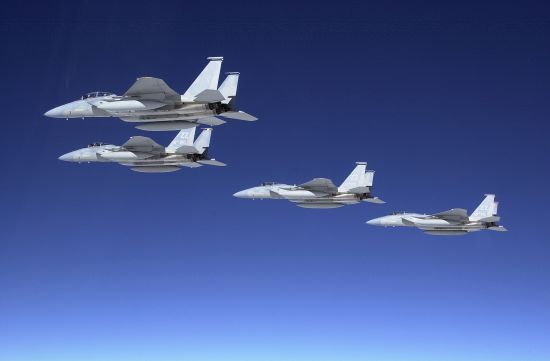|
||||||||||
|
|
||||||||||
|
||||||||||
|
|
||||||||||

All commercial airliner manufacturers use similar series numbers to differentiate between models of the same basic aircraft. These different models may have different cabin sizes carrying more or fewer passengers or they may denote major upgrades in performance capabilities like maximum range. The Boeing 737, for example, originally consisted of the -100 model designed for 85 passengers and the -200 for 95 passengers. These models were later replaced by the second generation 737-300 for 126 passengers, -400 for 147, and -500 for 110. These aircraft have since been replaced by the third or advanced generation 737 series that includes the -600 for 110, -700 for 126, -800 for 162, and -900 for 177 passengers.
Airbus also uses a similar system, as exemplified by the A340. Models of this airliner include the -200 seating 263, -300 for 295, -500 for 318, and -600 for 380 passengers. Note that the -100 and -400 model numbers are missing. Manufacturers sometimes plan for a large variety of different models and set aside series numbers before production begins. Some of these proposed models end up being of little interest to customers and are never built. In other cases, the choice of a series number is driven by marketing. The first production model of the A380, for example, is called the A380-800. One of the reasons Airbus chose this series number was to appeal to customers in Asia where the number 8 is considered lucky, much like the number 7 in Western cultures.

The model series number convention used by commercial airliner manufacturers has a similar purpose as military
designations. The military often uses letters like A, B, C, etc. to differentiate between different models of its
aircraft. The F-15E, for example, is designed for a different kind of
mission, ground attack, than the F-15C designed for air superiority.
Also compare the F-15C to the original F-15A. Though both were designed for the same air superiority mission, the
F-15C incorporates significant upgrades in electronic systems and range. Similarly, the
B-52H Stratofortress was a major improvement in design and performance
over the B-52B.
- answer by Molly Swanson, 24 December 2006
Related Topics:
Why did the US military restart the aircraft designation numbers in the 1960s?
Can you please explain the naming system for American missiles?
Read More Articles:


|
Aircraft | Design | Ask Us | Shop | Search |

|
|
| About Us | Contact Us | Copyright © 1997- | |||
|
|
|||